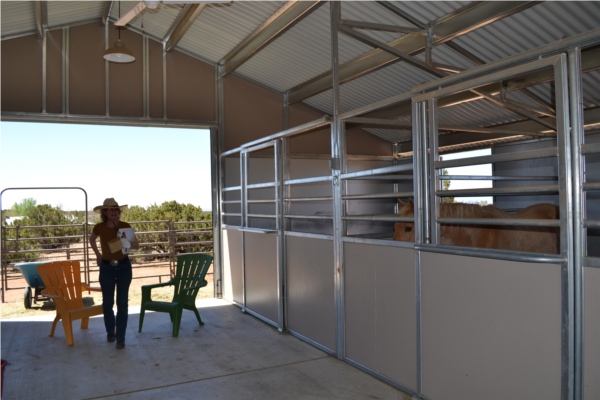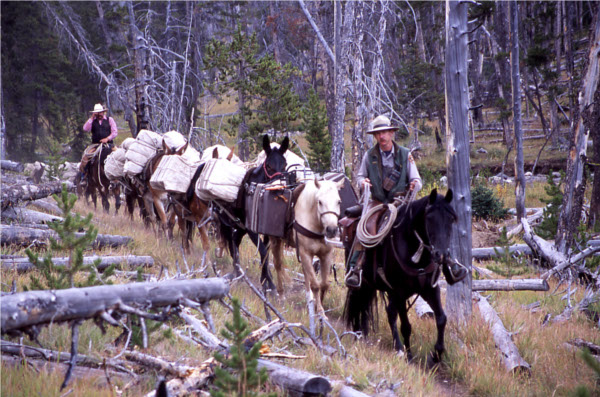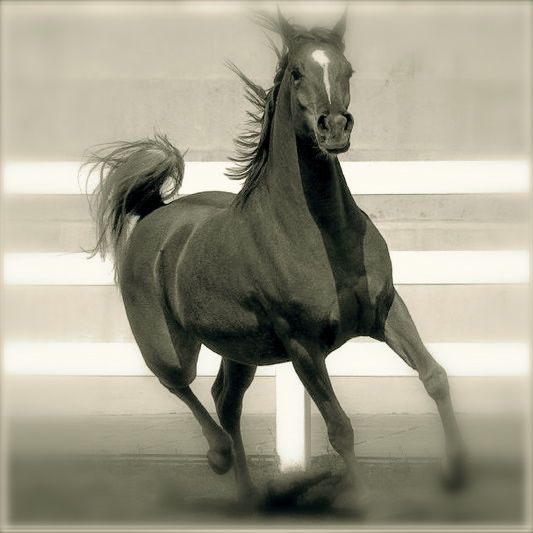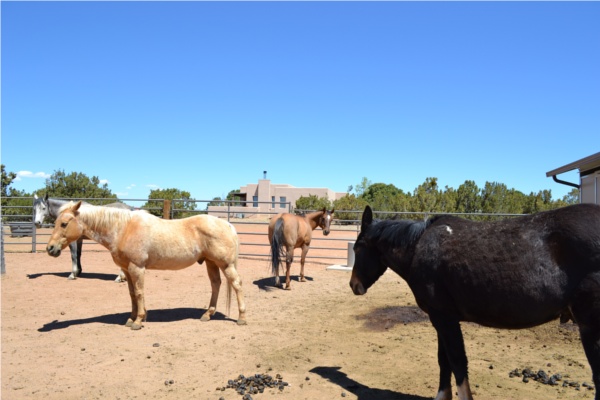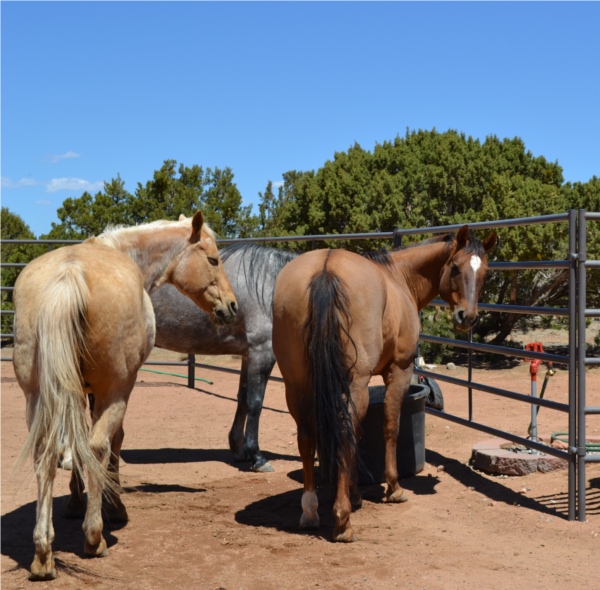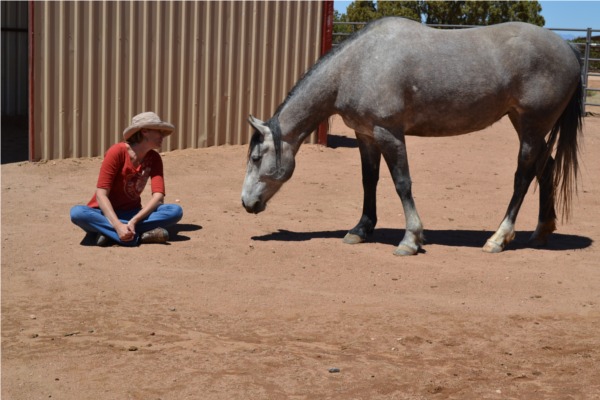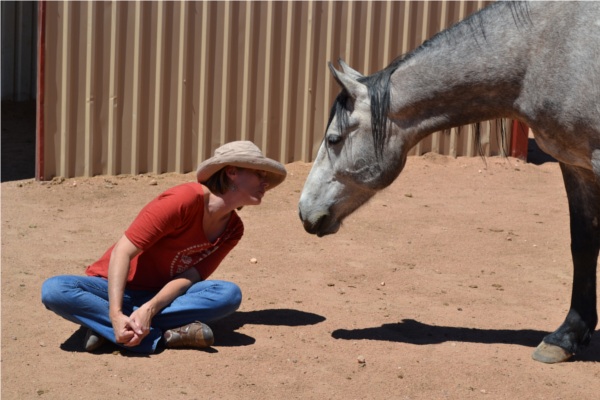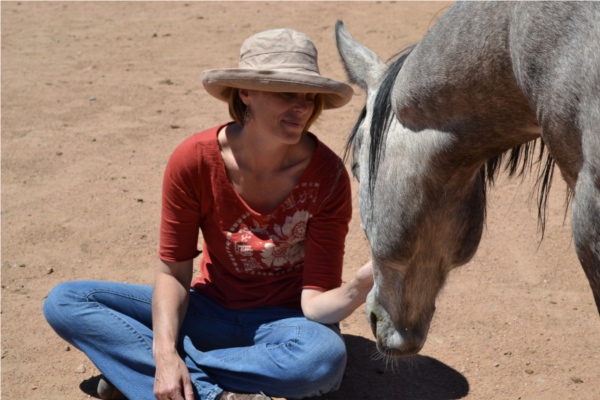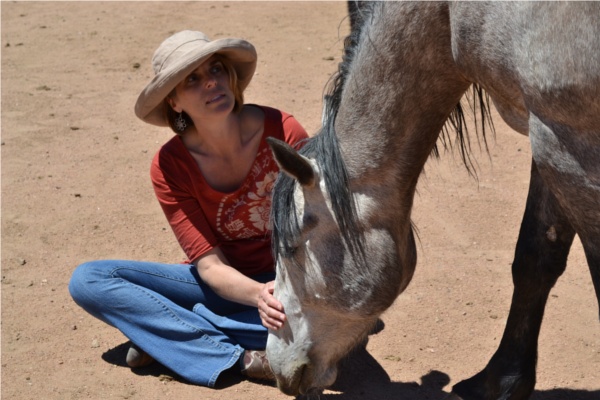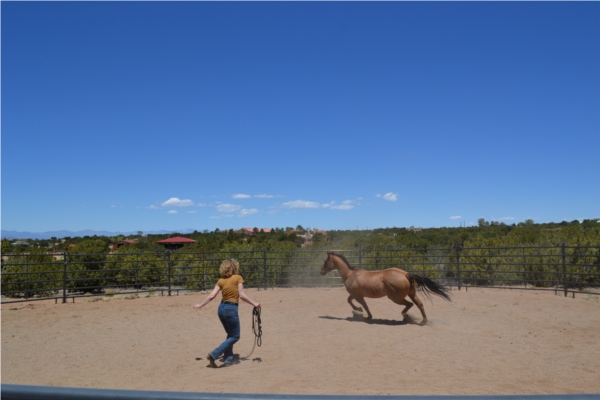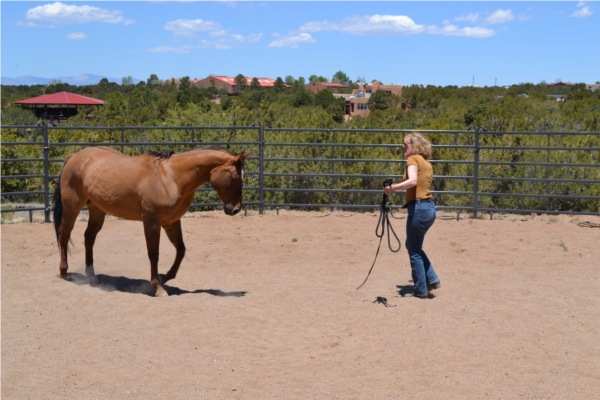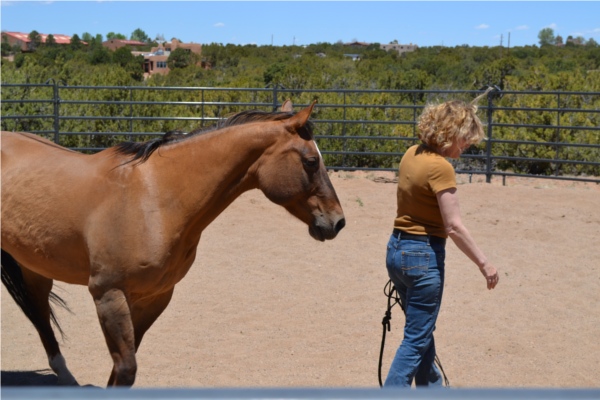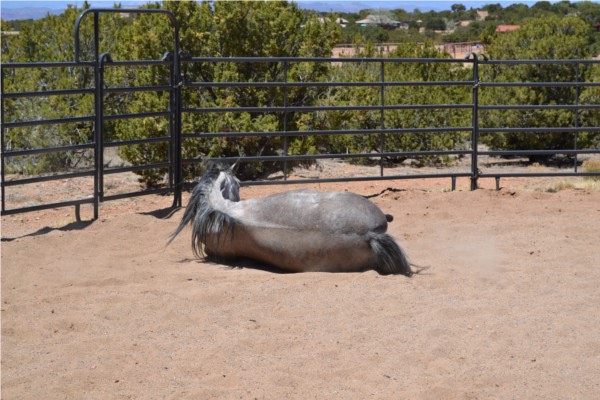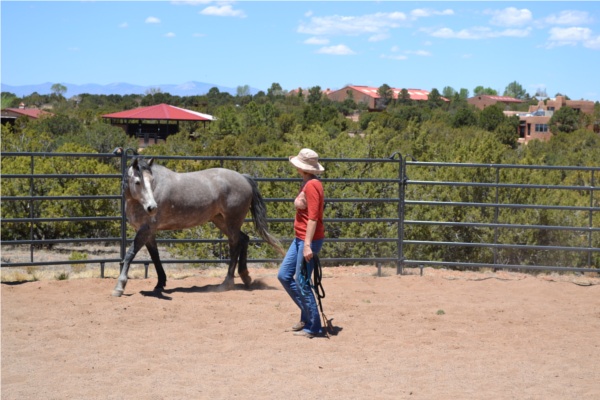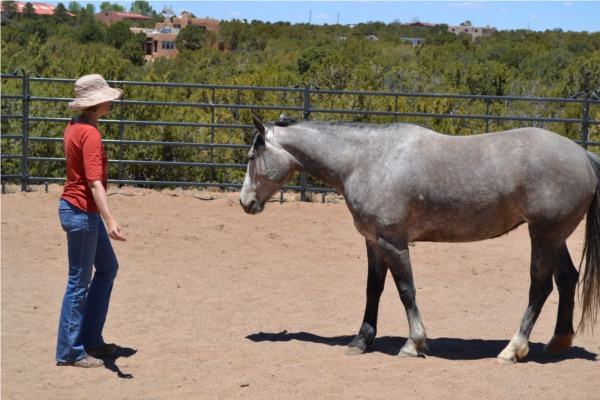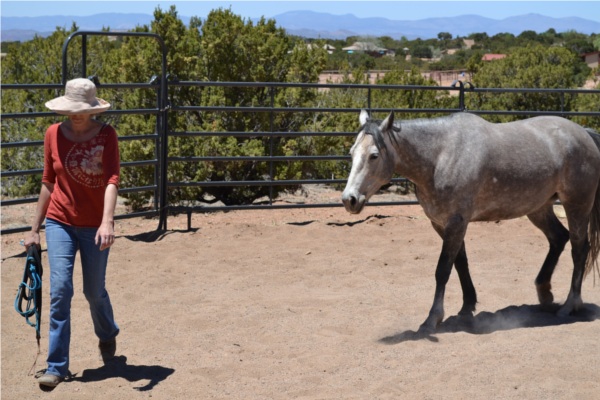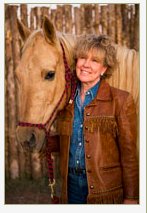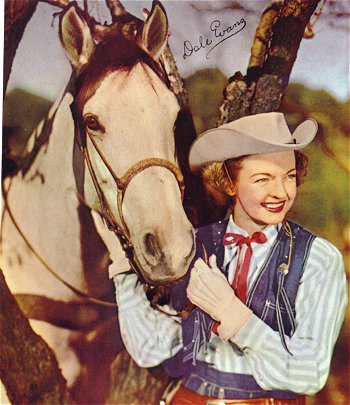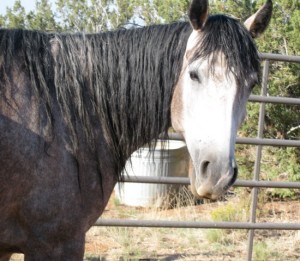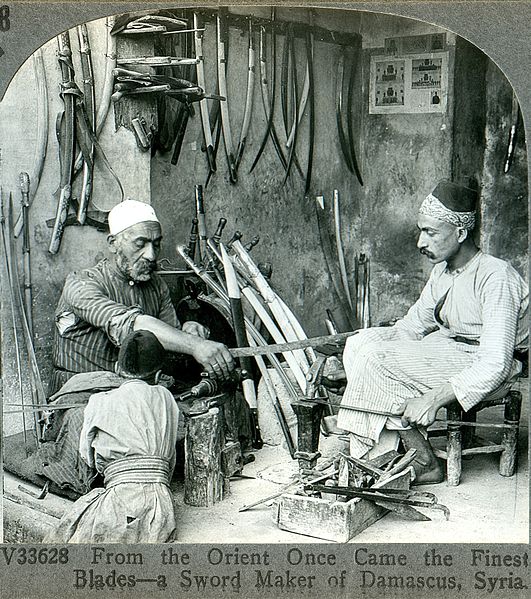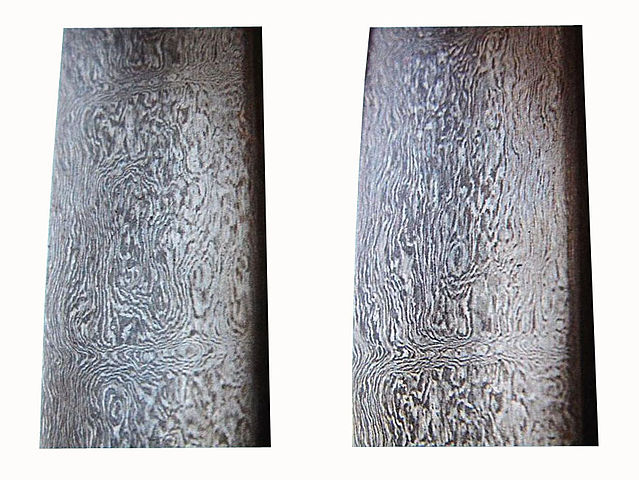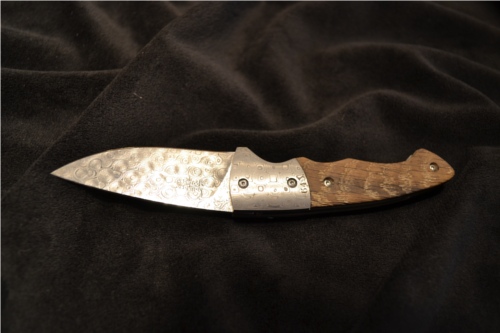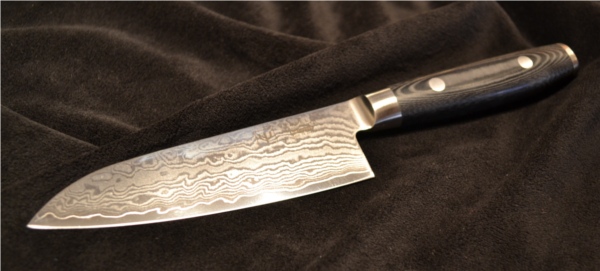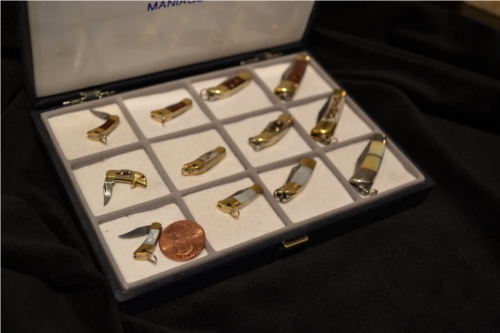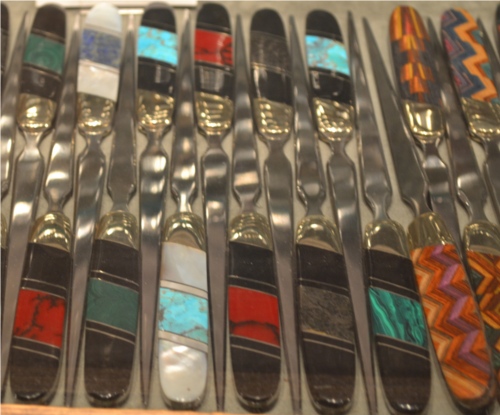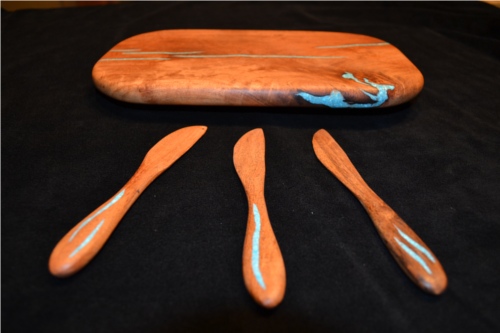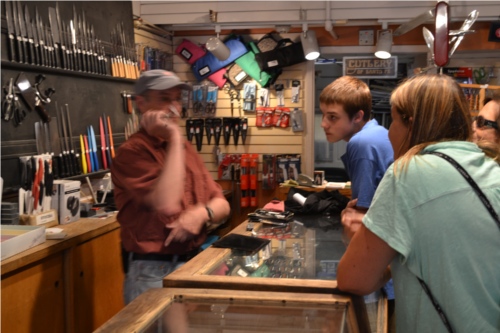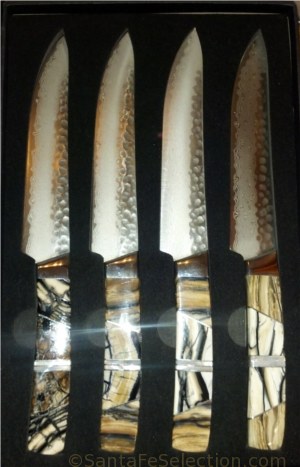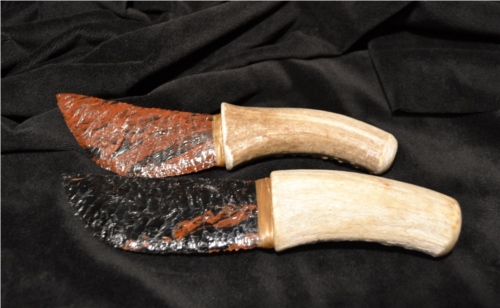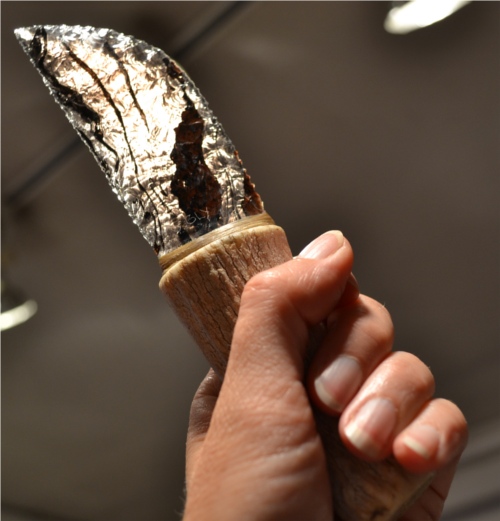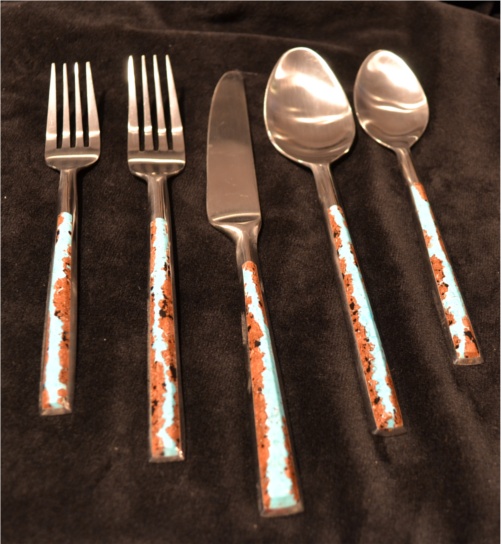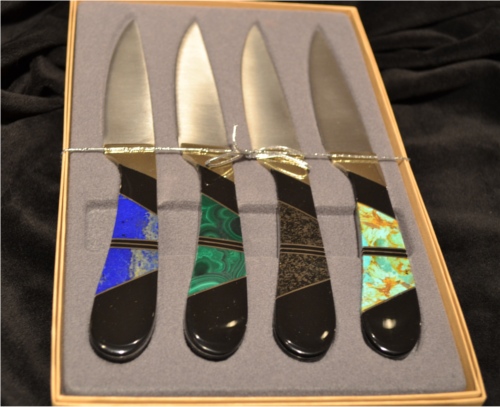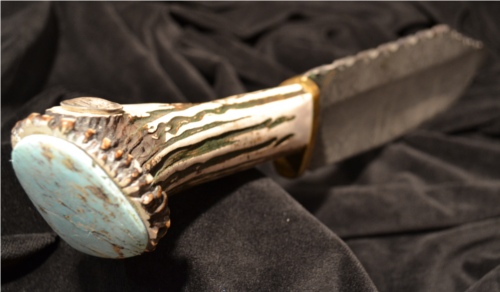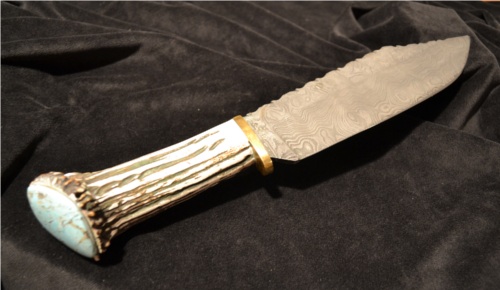I wasn’t aware I had an inner cowgirl until I had the opportunity to meet Joy Silha and her delightfully smart, sensitive horses ( and one adorable mule named Jimmy). Joy offers fun equine experience workshops that are as refreshing as they are original, and set at her beautiful ranch in the gently rolling hills of Arroyo Hondo, just five miles from downtown Santa Fe. Joy introduced me to her unique classes that are designed to awaken and strengthen the independent, fun-loving, free-spirited aspects of ourselves that may have slipped into the back seat of our busy, distracted lifestyles.
The nature of these experiences is quite personal and gleans a lot of self-discovery and awareness, which makes them a little difficult to relate, but I am happy to share some of my day in the hopes that you’ll understand how fun and exhilarating they can be and grab the opportunity to discover your own inner cowgirl(boy).
Over the course of history, horses have often been thought of as little more than a means of load-bearing transport. But their ability to live among humans offers us so much valuable information that, until recently, we’ve tended to ignore.
A horseman named Ray Hunt was instrumental in advocating on behalf of the horse as being worthy of respect, trust and reverence. He studied under Tom Dorrance, a rancher from Oregon who founded “natural horsemanship,” a gentle means to working with horses through feel and observation. During the late 1960s and 70s, Ray publicized the teachings by holding clinics around the country. Ray is famous for starting each clinic with the statement, “I’m here for the horse, to help him get a better deal.” He also said that if the horse wasn’t doing what you wanted, “you obviously did something wrong, and that’s just too bad. The horse, on the other hand, is never, ever wrong.”
As a prey animal, a horse’s natural condition is one of survival. They are alert to almost 360 degrees of their environment, and their entire body is sensitive to the slightest change in it, which offers instant biofeedback that we can learn a lot from…if we’re willing to listen with more than our ears.
All Joy’s classes involve “ground work,” meaning that nobody rides the horses. Everything is done on foot. Joy guides guests through a process of introduction so each person can connect with and “join up” with one of her horses for an hour or two of fascinating class time. She welcomes groups or individuals, and each experience is custom designed to suit the participant(s) and guaranteed to be unique.
I was five-years-old when I took my first ride at a local stables near our home in northwest England. She was a Shetland pony called Twopence (pronounced Tuppence) and barely five feet tall at the top of her ears. I was lifted atop an English saddle, and despite the protection of my sister’s oversized, hand-me-down equestrian garb of tall English helmet, jodhpurs, crop and riding boots, I was terrified. I was convinced that Twopence’s trot was a full-pelt gallop and that I was destined to be hurled into the sand dunes. Since then I’ve had a lot more experience and become comfortable around horses of all sizes, particularly the graceful giants. But Joy’s classes aren’t exclusive to those with a horsey past – anyone can enjoy and benefit from these workshops. From first-time horse encounters to those with an in-depth wealth of experience, her classes are fun for everyone. And regardless of my past experience, every new horse is a different personality deserving of respect and careful consideration in order to “join up” with them; after a brief introduction to her stables and work, Joy showed me how. She welcomed me into the corral with the horses and told me to walk around and see what happened.
I was fine with this idea and meandered into the corral with little sense of direction. Nothing happened. I stood about 20 feet from the horses, and although one came by and sniffed at me briefly, she didn’t find me interesting enough to stick around. After a few minutes, they all had their backs to me, like barflies huddled around the water trough. A crow gave a mocking squawk from a nearby juniper. Jimmy the mule decided he wanted inside the stable again, so he opened the heavy sliding door with considerable ease and moved into the shade. I felt a bit at a loss.
I was overcome with an urge to sit down, right there on the dusty ground. I asked Joy if it would be alright, she said it would be okay, but that we’d have to be very careful. I plonked down in the dry sand and instantly Sierra, the gray mare, lifted her head from the trough and started walking toward me.
She approached gingerly and stretched her long neck from a safe distance to sniff at this unusual bump in the corral. I leaned toward her to greet her snorting nostrils with snorts of my own, and there we were for a couple of minutes, just snorting at each other.
I felt chosen. In my mind we had become fast friends.
After this interlude, Sierra and I were definitely “joined up” and this event determined us as partners-to-be for the next exercise.
In a separate corral, Joy demonstrated her deft ability to communicate with a different horse, Katie. Humans are so reliant upon verbal and written means of communication, we forget and are often unaware of just how obvious our body language is. Horses read us, and the many layers of our psyche, loud and clear and it is amazing to see the instantaneous response to the subtlest of our moves. Joy worked her magic in the corral, at first allowing Katie to have a free, wild run, which was beautiful to watch.
Then Joy proceeded to move in ways that had instant effects upon Katie’s movements and behavior. It was like a dance: as Joy moved, Katie would stop, come toward her, set off in a trot, canter circles around her, all without words or the connection of rope and halter.
Watching this dance in no way portrays the incredible feelings I experienced when it came time for me and Sierra to do our ground-work. Suddenly, I was in the middle of a corral with a frisky loose horse who decided she wanted to have a wild run to stretch her legs and a roll to scratch her back before listening to me.
It is hard to explain in words what an eye-opening, revitalizing experience I had in that circle of sand.
As I became aware of my own posture, all my thoughts had to slam in to the present moment. The minute I was present and holding my own ground, Sierra started listening to my non-verbal direction.
After a little practice, I was able to entice her to canter, stop, follow, come toward me, all through commands she sensed through my body language. It was FANTASTIC!! I felt like a real horse whisperer.
At one point, I was walking, with Sierra following along, and we were connected. I looked over to the hills and the crisp blue sky, and for an instant, my mind drifted to thoughts of how great it would be if I could do this every day, and that was it…Sierra lost interest in me. I had dropped our connection. She took off in a different direction. It was that fast!
What an incredible practice of being present in the moment. Horses are in the moment at all times, and when we’re in the moment, and secure in our actions, they follow. Joy taught me that they need a leader. When I was being a leader, Sierra joined up with me, but when my mind drifted, Sierra instantly became my “monkey mind” police. I pulled my attention back to the moment, made a clear decision to move in a different direction, do my own thing, and she came back to me.
This whole experience made me feel invigorated, strong, and vibrantly clear-headed. By being so in the moment with Sierra, I felt as if I’d taken a true vacation from my usual daily stress mode of worries and nagging concerns, and entered authentic reality, which brought with it a strong sense of appreciation for the simplest of things and in simply being alive.
My connection with Sierra opened the doors of awareness to my own sense of leadership, my confidence (and fluctuating lack thereof). Her lessons stay with me many weeks later. When I’m feeling low, I remember my equine partner and think, “Sierra wouldn’t follow me right now.” And I’m brought back to the moment and I find my center and strength. She was a brilliant teacher, and taskmaster. There’s nothing like it! Everyone should experience this connection and discover the strengths and blind spots that lie hidden just beneath the surface and which can guide you to awaken your fun-loving, inner cowgirl, or cowboy.
Everyone and every horse, and every class is different, so my experience doesn’t suggest that anyone else’s would be the same. Joy is astute at finding the most effective way to guide you, or your group through a fun and valuable equine experience. Joy’s credentials include her studies with Ray Hunt, who, besides being an original proponent of natural horsemanship, was also a mentor to the well-known Buck Brannaman. Buck and Ray were the primary inspirations for Nicholas Evans’ book, The Horse Whisperer.
Along with Joy’s many credentials and experience within the natural horsemanship school of thought and practice, she is a life-coach certified by Martha Beck (Oprah Winfrey’s coach). Her extensive experience with horses and teaching seamlessly integrates into the workshop, so you feel as if you’ve spent a couple of hours with a friend and her horses. I’m definitely going back again.
It was Roy Rogers’ wife, Dale Evans, who said, “Cowgirl is an attitude really. A pioneer spirit, a special brand of American courage. The cowgirl faces life head on, lives by her own lights and makes no excuses. Cowgirls take stands. They speak up. They defend the things they hold dear.” So, to answer your question, What is your inner cowgirl? Joy says, “It is a condition of the heart! And there are no better guides to reflect your heart than horses.”
Joy holds classes by appointment throughout the year. The best time to do a class is during calm weather. The winter months can be a bit cold, so spring (when it isn’t too windy) through the summer and fall are often ideal.
For more information and to book your Equine Experience, contact Joy Silha at (505) 466-2233 or go to: http://www.santafeselection.com/day-trips-activities/equine-experience-awaken-your-inner-cowgirl.

